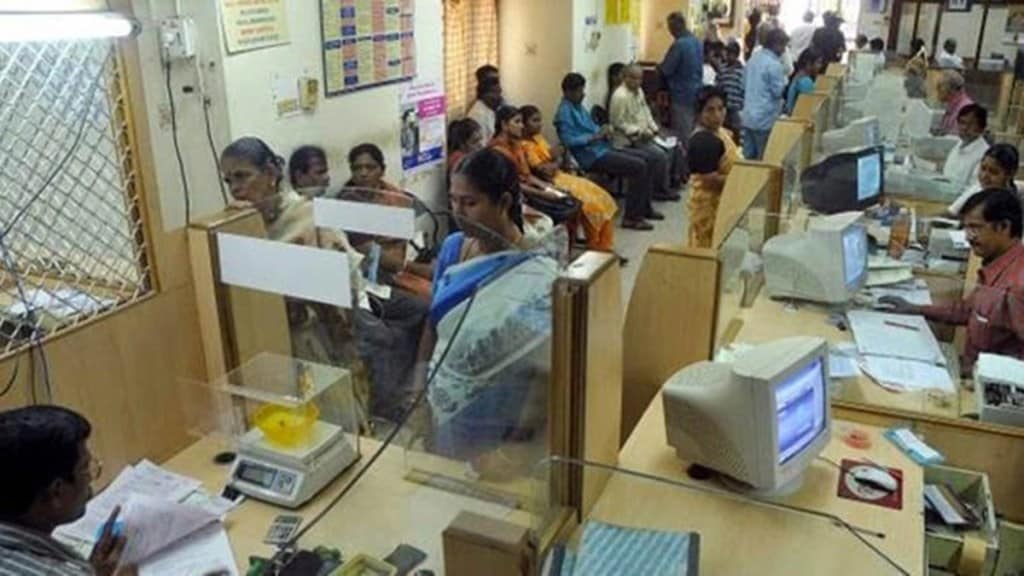Loans against fixed deposits (FD) have seen a strong traction in recent months as borrowers are opting for relatively cheaper loans to fulfil their immediate needs without having to liquidate their savings, say bankers.
“We think that customers may be using this method to leverage higher interest benefit that is presently available,” Murali Ramakrishnan, managing director and chief executive officer, South Indian Bank, said.
“For cases where the active deposits was locked on earlier lower interest rate and where the maturity date is closer, it may not be prudent to break and redeploy. Instead, someone can take loan against the deposit by paying 0.5 to 1% more and use the proceeds by investing in FD which can fetch higher rate than that,” he added.
In fact, data from the Reserve Bank of India (RBI) showed that bank loans against FDs rose 43.4% year-on-year in October, among the highest Y-o-Y growth across categories. Similarly, this category of loans rose 34% YoY in September.
Typically, the interest rate on a loan against deposit is 1-2% higher than the interest rate on the deposit.
HDFC Bank, Federal Bank and Karur Vysya Bank allow its customers to borrow up to 90% of their deposit amount. Axis Bank and State Bank of India allow customers to borrow onwards of Rs 25,000, data from BankBazaar.com showed.
As far as borrowers are concerned, the interest rate on loans against deposits are typically 3-5% lower than that on personal loans. The required paperwork to avail of such loans is also minimal considering that the customer has already submitted requisite details during the opening of the FD.
In addition to this, borrowers’ credit score is not considered for a loan against FD. Hence, it can be a good option for people who have low credit score or no credit score.
These loans could be availed of by a salaried employee, that is using it to pay expenses for a family emergency. It can also be availed of by a self-employed person looking for money to run her business, said experts.
“Two things happen with a fixed deposit as a consumer. Firstly, you think of it as a saving. So, you want to retain that saving, you do not want to liquidate it. Secondly, if you liquidate an FD before maturity, there is a 1% penal fee,” Adhil Shetty, chief executive officer, BankBazaar, said. “The advantage of loan against fixed deposit is that it is treated as a secured loan, rather than an unsecured loan, so you can get it significantly cheaper. A loan against FD can be 3-5% cheaper than an unsecured loan, so you are able to get that benefit.”
This traction for loans against FDs is expected to continue going ahead as more banks hike their deposit rates in a bid to meet the rising demand for credit. This scurry for deposits has come when central banks are attempting to remove excess liquidity from the financial system.
“Recent increase in interest rates and surplus fund moving to deposits have helped better traction on loans against deposit. With the given advantages, loans against deposit will continue to grow,” Narendra Dixit, head of retail banking, CSB Bank, said.

